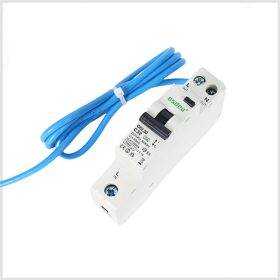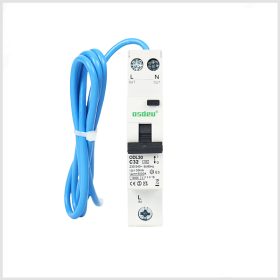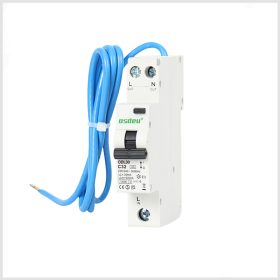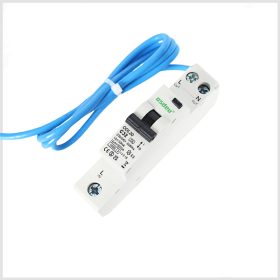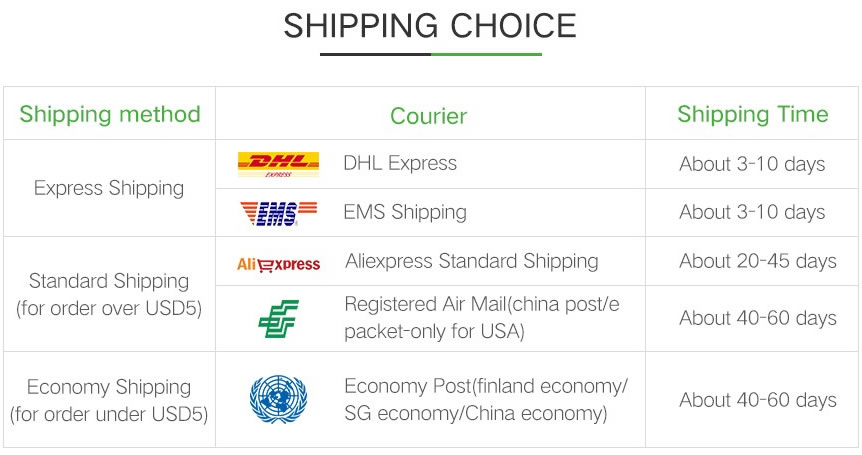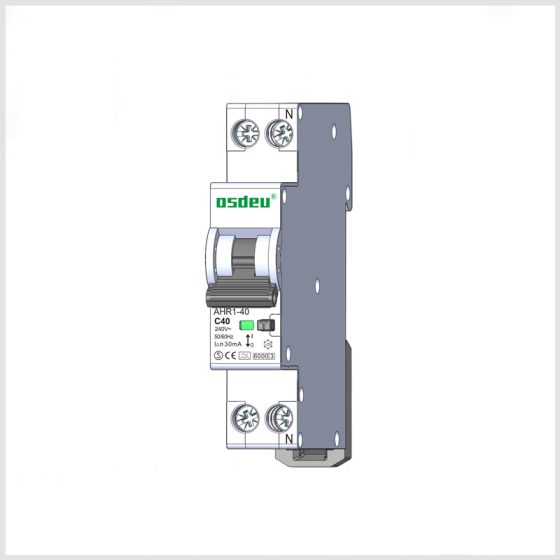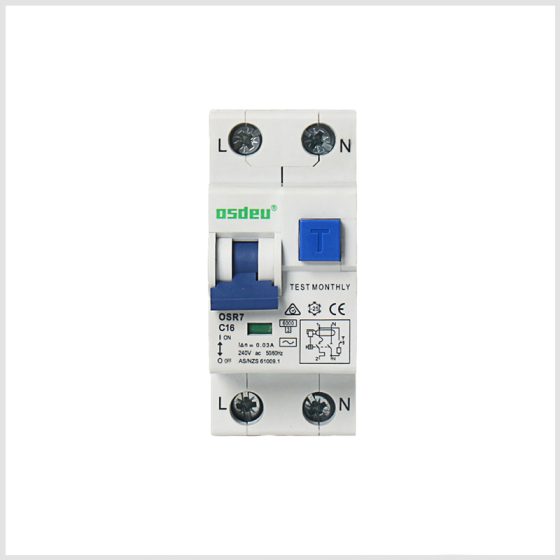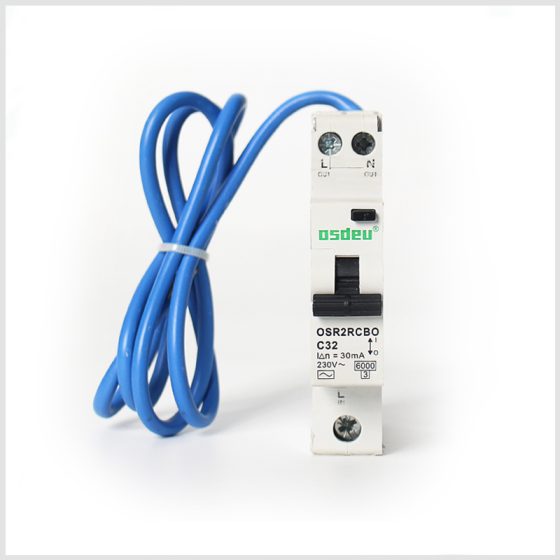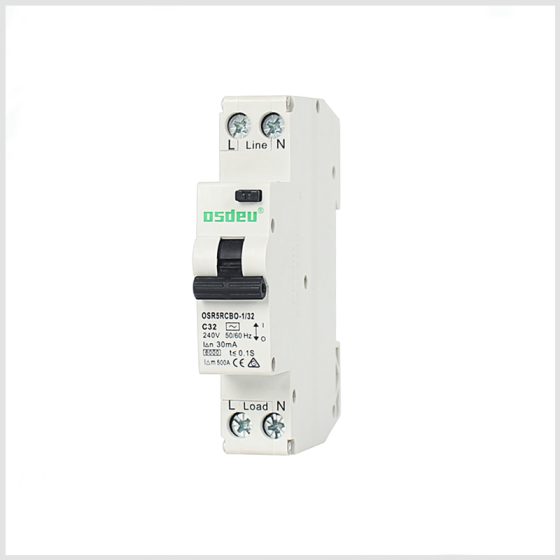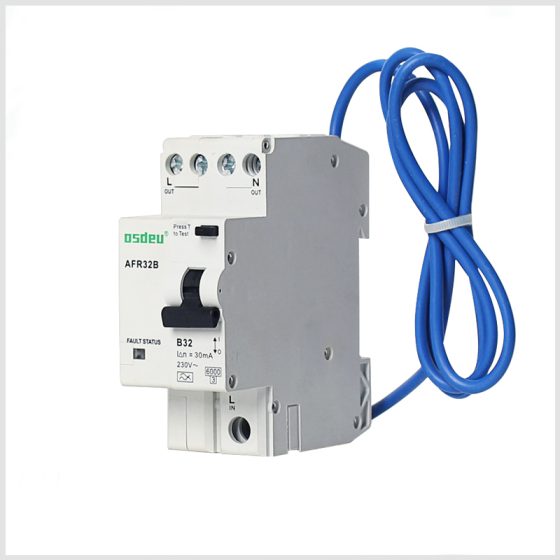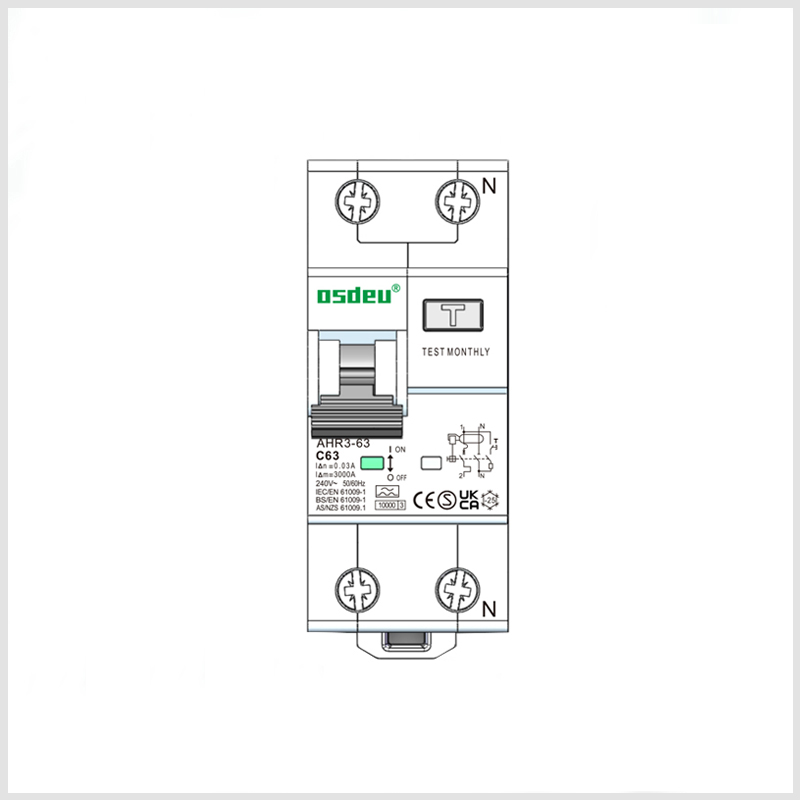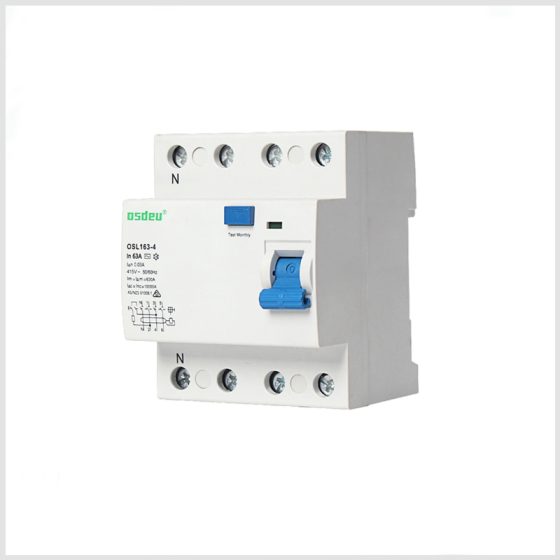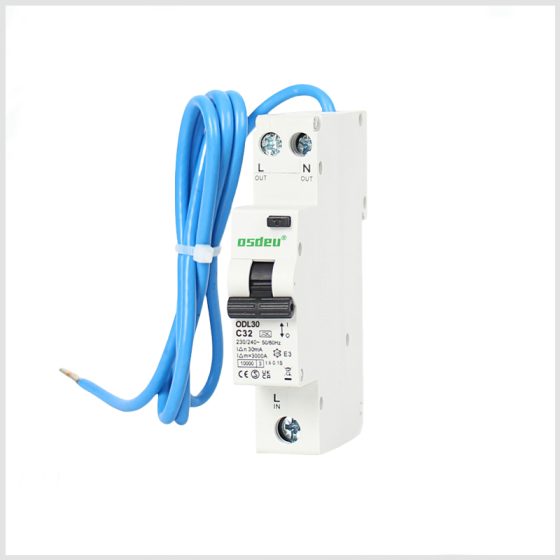Introduction:
ODL-50 RCBO – Smart 1P+N Circuit Protection (6-50A, 10kA, Type A/AC)
Complete Electrical Safety in One Device
The ODL-50 RCBO combines residual current (RCD) + overcurrent (MCB) protection in a single compact module, ensuring safety against:
✔ Earth faults (30mA/100mA/300mA sensitivity)
✔ Overloads & short circuits (B/C tripping curves)
✔ DC leakage risks (Type A detects pulsating DC – essential for EV/solar systems)
Key Advantages
🔹 Full L+N Disconnection – Works even if wiring is reversed
🔹 Electronic Filtering – Prevents false tripping from power surges
🔹 10kA Breaking Capacity – Handles high fault currents
🔹 Space-Saving 1P+N Design – More room in enclosures for easier wiring
🔹 Neutral Switching – Faster installation & testing
Technical Highlights
-
Type A/AC Options – Type A for DC-sensitive circuits (EV/solar), Type AC for standard AC
-
B & C Curves – B (3-5x In) for homes, C (5-10x In) for commercial/industrial
-
Rated Currents – 6A to 50A (6,10,16,20,25,32,40,50A)
-
Certified Safety – Complies with IEC/EN 61009-1, AS/NZS 61009.1
Why Installers & Engineers Choose ODL-50?
✅ No Nuisance Tripping – Stable performance in mission-critical circuits
✅ Safer Testing – No need to disconnect L/N during checks
✅ Fault Isolation – Only the faulty circuit shuts off, keeping others live
✅ Future-Ready – Protects modern electronics & renewable energy systems
Best Applications
🏠 Homes – Prevents shocks & fires
🏢 Commercial Buildings – Handles fluorescent lighting & motors
🔌 EV Chargers – Type A ensures DC leakage protection
☀️ Solar Systems – Reliable performance with inverters
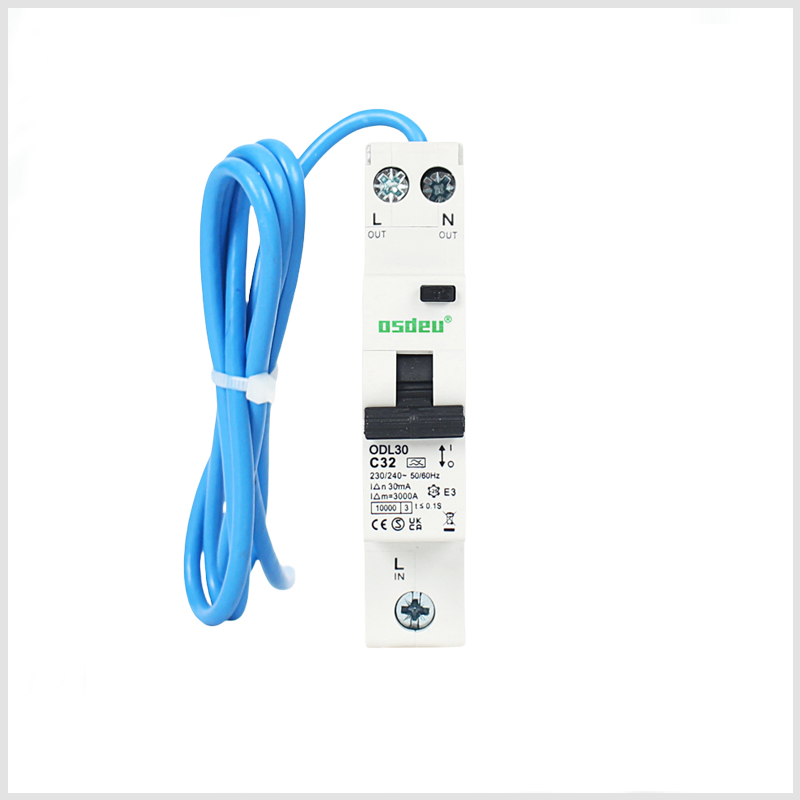
Product Description:
ODL-50 RCBO – Compact 1P+N Protection (2-40A, 6kA, Type A/AC)
Complete Safety Solution:
✔ Combines RCD (30/100mA) + MCB in single module
✔ Type A (AC+DC) or Type AC protection
✔ 6kA breaking capacity with B/C tripping curves
主な機能:
-
2A to 40A current range (2,6,10,16,20,25,32,40A)
-
Full L+N disconnection for complete isolation
-
Neutral switching for faster installation/testing
-
Clear ON/OFF indicator (Green=OFF, Red=ON)
-
35mm DIN rail mounting (EN 60715)
Technical Specifications:
-
Voltage: 110V/230V AC (1P+N)
-
6kV impulse withstand
-
20,000 mechanical operations
-
IP20 protection
-
Operating temp: -5°C to +40°C
Installation:
-
Top/bottom wiring options
-
Accepts 25mm² cable (18-3 AWG)
-
2.5N·m tightening torque
Certified: IEC/EN/AS/NZS 61009-1
Best for: Homes, EV chargers, solar systems
| Category | Parameter | Specification |
|---|---|---|
| Standard | Compliance | IEC/EN 61009-1 |
| Electrical Features | Rated Current (In) | 6,10,16,20,25,32,40,50A |
| Type | Electronic | |
| Leakage Detection Type | Type A or AC | |
| Poles | 1P+N (Switched Live and Neutral) | |
| Rated Voltage (Ue) | 230/240V | |
| Sensitivity (IΔn) | 30mA,100mA,300mA | |
| Insulation Voltage (Ui) | 500V | |
| Frequency | 50/60Hz | |
| Breaking Capacity | 10kA | |
| Residual Making/Breaking Capacity (IΔm) | 3000A | |
| Impulse Withstand Voltage (1.2/50μs) | 4000V | |
| Trip Time (IΔn) | ≤0.1s | |
| Pollution Degree | 2 | |
| Tripping Characteristic | B, C Curve | |
| Mechanical Features | Electrical Life | 2,000 operations |
| Mechanical Life | 2,000 operations | |
| Contact Indicator | Yes | |
| Protection Degree | IP20 | |
| Reference Temperature | 30°C | |
| Operating Temperature | -5°C to +40°C | |
| Storage Temperature | -25°C to +70°C | |
| Installation | Terminal Type | Cable/Pin-type busbar |
| Top Terminal (Cable) | 10mm² | |
| Bottom Terminal (Cable) | 16mm² / 18-8 AWG | |
| Bottom Terminal (Busbar) | 10mm² / 18-8 AWG | |
| Tightening Torque | 2.5N·m / 22 In-lbs | |
| Mounting | 35mm DIN Rail (EN 60715) | |
| Connection | From bottom |
 ODL-50 Dimensions
ODL-50 Dimensions

Why use Miniature RCBOs?
RCBO (Residual Current Circuit Breakers with Overcurrent Protection) devices are a combination of an RCD (Residual Current Device) and MCB (Miniature Circuit Breaker) in one.
An RCD detects Earth Leakage, i.e. current flowing where it shouldn’t, switching the circuit off where there is an Earth fault current. The RCD element of the RCBO is there to protect people.
In housing installations it’s not unusual to find that one or more RCDs are used alongside MCBs in the consumer unit, all grouped together protecting multiple circuits. What commonly happens when there is an earth fault on one circuit is that a whole group of circuits, including healthy circuits, are switched off.
In these instances, using RCDs and MCBs in groups goes against specific aspects of the IET’s 17th Edition Wiring Regulations. Specifically, Chapter 31-Division of Installation, regulation 314.1, which requires every installation to be divided into circuits as necessary –
1)To avoid danger in the event of a fault
2)To facilitate safe inspection, testing and maintenance
3)To take account of hazards that might arise from the failure of a single circuit e.g. lighting circuit
4)To reduce the possibility of unwanted tripping of RCDs (not due to fault)



